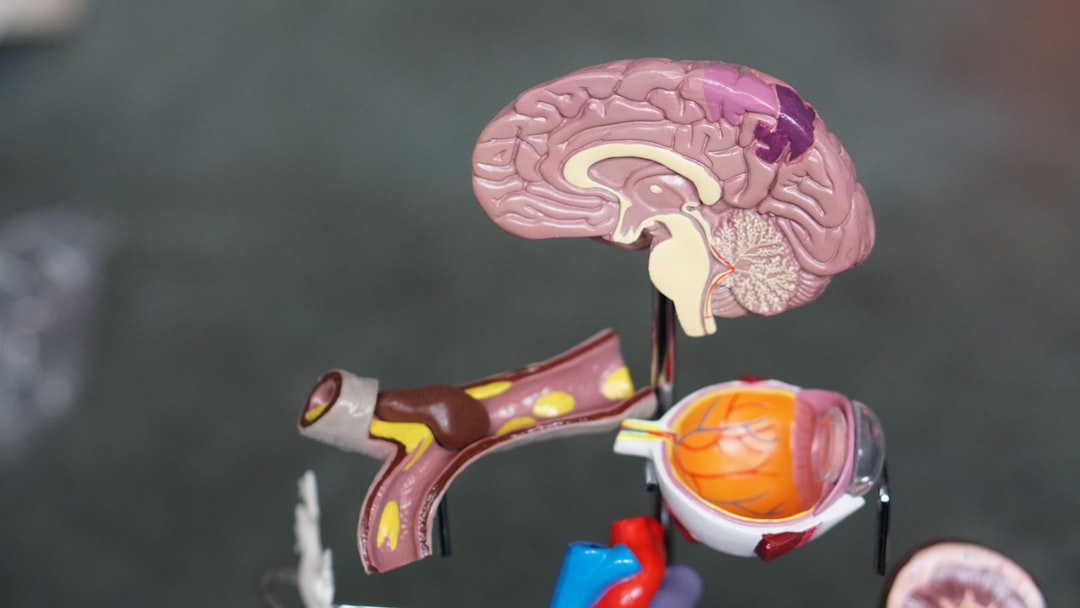What is it about?
The article discusses Grade Group 1 (GG1) prostate cancer and its characteristics. GG1 prostate cancer is different from higher-grade prostate cancers histologically and genomically. Active surveillance is the preferred treatment strategy for GG1 disease. The indolent nature of GG1 prostate cancer led to significant overtreatment in the past, but improved risk stratification and rising AS utilization rates have allowed for quality-of-life preservation while still safely monitoring patients for disease progression. The movement to reclassify GG1 disease as a non-cancerous entity is supported by data showing that the risk of prostate cancer-specific death is essentially zero in true GG1 disease. GG1 prostatic adenocarcinoma has a distinct histology and genomic profile compared to higher-grade prostate cancers. [Some of the content on this page has been created by AI]
Featured Image
Why is it important?
This research is important because it sheds light on the unique characteristics of Grade Group 1 (GG1) prostate cancer and its distinction from higher-grade prostate cancers. The study highlights the need to reclassify GG1 disease as a non-cancerous entity, as it remains distinct from higher-grade prostate cancers based on histological and genomic criteria. The rising adoption of active surveillance (AS) as a primary treatment strategy for GG1 patients has allowed for quality-of-life preservation while still safely monitoring patients for disease progression. This research supports the movement to reclassify GG1 disease to reduce the risks of overtreatment. Key Takeaways: 1. GG1 prostate cancer is a unique entity compared to its higher-grade prostatic adenocarcinoma counterparts. 2. GG1 disease is distinct from higher-grade prostate cancers based on histological and genomic criteria. 3. The risk of prostate cancer-specific death is essentially zero in true GG1 disease. 4. Historically, patients with low-risk disease were exposed to significant harms from unnecessary definitive localised treatment strategies such as RP and RT. 5. Improved risk stratification and rising AS utilisation rates have allowed for quality-of-life preservation while still safely monitoring patients for disease progression. 6. The study supports the movement to reclassify GG1 disease as a non-cancerous entity to reduce the risks of overtreatment.
Read the Original
This page is a summary of: What is cancer? A focus on Grade Group 1 prostate cancer, BJU International, January 2024, Wiley,
DOI: 10.1111/bju.16280.
You can read the full text:
Contributors
Be the first to contribute to this page










